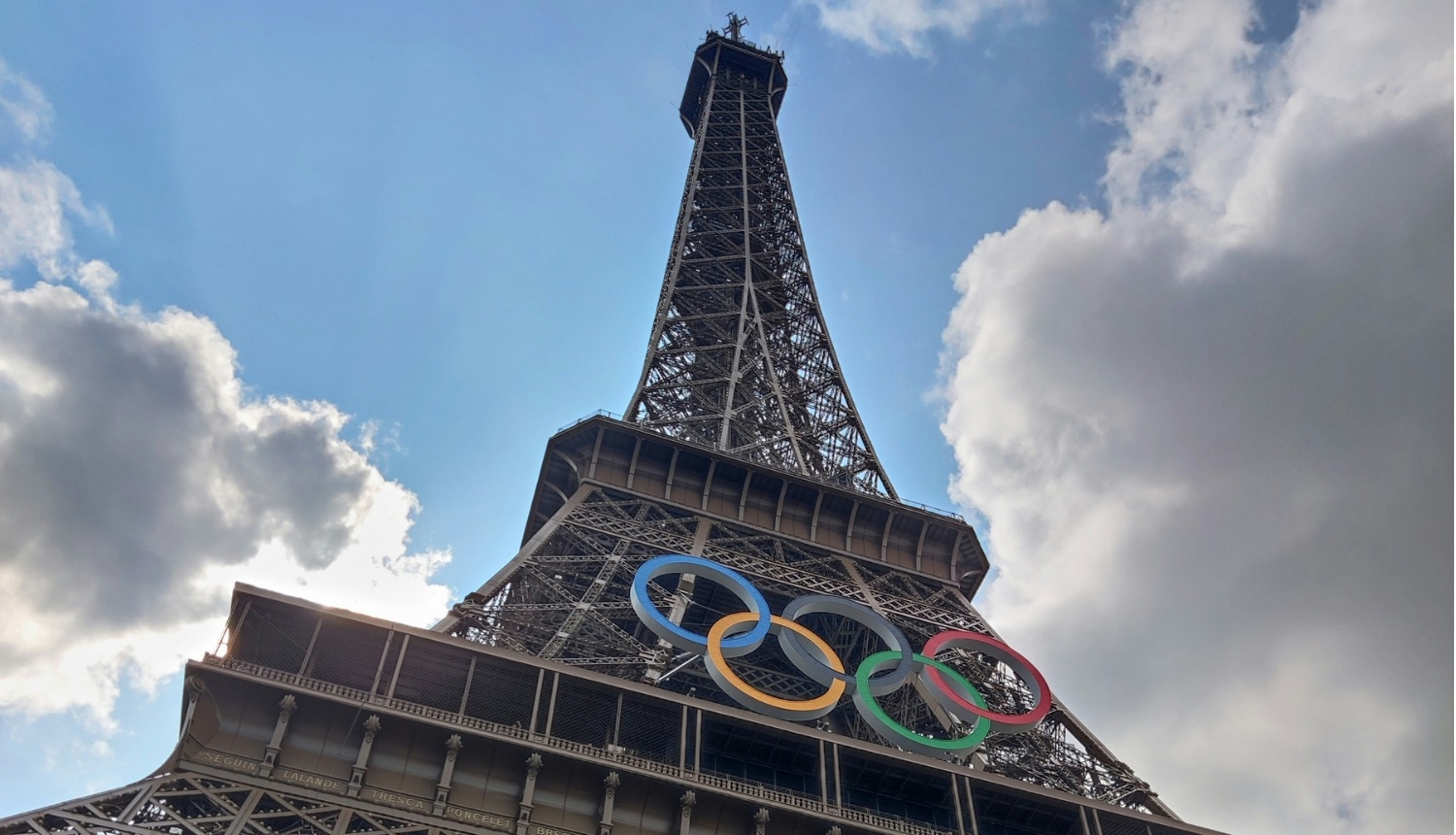Science and the Olympic Games have long been closely connected. Scientific innovations in training and sports technology have contributed to the development and improvement of athletic performance. The science communication platform researchLatvia, created by the Ministry of Education and Science, examines examples of the role of science, specifically physics and physical processes, in sports competitions.
The Olympic Games are considered the largest sporting event in the world. From July 26 to August 11, 2024, the 33rd Summer Olympic Games will take place in Paris, France, gathering 10,500 of the strongest athletes. Latvia is represented by 29 talented athletes in 11 disciplines.
The significance of science in beach and classical volleyball is outlined by Aleksandrs Samoilovs, Director of the Sports Department at the Ministry of Interior, three-time participant of the Summer Olympic Games in beach volleyball, two-time champion of Latvia: "Physics is very important in beach and classical volleyball. When it comes to science and technology in volleyball, opponent analysis programs, which have recently incorporated artificial intelligence, play a major role."
"Knowledge of physical laws is important in beach volleyball, especially when analyzing the ball's aerodynamics and flight depending on wind direction and air humidity. During the game, when executing a spike serve, the Magnus effect can be observed, while turbulence occurs during a floating serve. Another significant aspect in beach volleyball is sunglasses, where the lenses need to be properly adjusted according to the weather conditions," comments A. Samoilovs.
“I wish the Olympians that their emotions do not hinder but rather enhance their best athletic performance.”
Science is an integral part of modern sports, helping athletes reach their maximum potential. Physical processes play a crucial role in the Olympic Games, aiding in optimizing the athlete's movements, equipment, and interaction with the environment.
The Physics of Olympic Sports
When an archer pulls the arrow back, the bow and string store potential energy, which becomes kinetic energy when the archer releases. Feathers on the arrow create “fletching” – a drag that prevents turbulence from nudging the arrow off course.
Divers exploit Newton’s third law (every action has an equal and opposite reaction) by jumping hard on the springboard for vertical velocity. They must exert flexion in their hips and shoulders while their feet are still touching the board; in the air, they can only shorten their radius in the flipping direction (tucking their arms and legs) to speed up.
When gymnasts spin, they are exploiting the physics concept of angular momentum. As they retract their arms and legs, their moment of inertia decreases, but their angular velocity increases to compensate, preserving their angular momentum.
To reach the maximum height, pole vaulters and high jumpers arch their bodies over the bar so their centre of mass actually passes as much as 20 cm underneath the bar, requiring less energy. This was the great innovation of the “Fosbury Flop.”
Putting topspin on a ball causes the tennis ball to experience the Magnus effect, an aerodynamic force which “pushes” the ball downward. The spinning also creates different airspeeds above and below the ball, causing an extra downward force, according to Bernoulli’s principle.
Why do top sprinters have such muscular arms? Big arms help counterbalance the momentum of hard-pumping legs to keep the runner steady. Bent elbows make the arms shorter pendulums, which swing faster.
Rowers need a perfect balance of size and strength. A taller rower is heavier, which makes the boat sit lower in the water, increasing drag. But a tall, strong rower compensates forthis with a longer, more powerful stroke.
A cyclist in the slipstream behind another cyclist can be up to 40 percent more energy-efficient than when riding solo at the same speed. Surprisingly, there’s also a small gain for the lead cyclist: the tailing cyclist fills the pocket of low-pressure air that would otherwise create drag.
Surfers rely on a delicate balance of forces to help them hang ten; buoyancy and hydrodynamics counteract gravity to keep the board and rider afloat, while the surfer must apply weight in opposition to the torques created by the waves to avoid a nasty wipeout.
Energy conservation helps skateboarders seemingly defy gravity. As they drop into a half-pipe, they are converting gravitational potential energy into kinetic energy in the form of velocity, which they use to launch themselves out the other side. Sweet aerial maneuvers ensue.
Natural phenomena and laws, particularly physical processes, are also fundamental to high achievements. Movement dynamics and biomechanics (motion analysis), studies the movements of athletes to optimize technique and improve performance. For example, in high jump, long jump, and sprinting, forces as physical quantities and movement trajectories are analyzed.
To enhance their performance, for example, in gymnastics, competitors utilize physical principles such as the conservation of force and momentum. Many sports rely on the efficient use of energy. The award-winning achievements of Olympic athletes are also based on the transformation and utilization of energy, including kinetic and potential energy. The conservation of momentum is also important for optimizing speed and maneuverability.
Source: insidetheperimeter.ca



